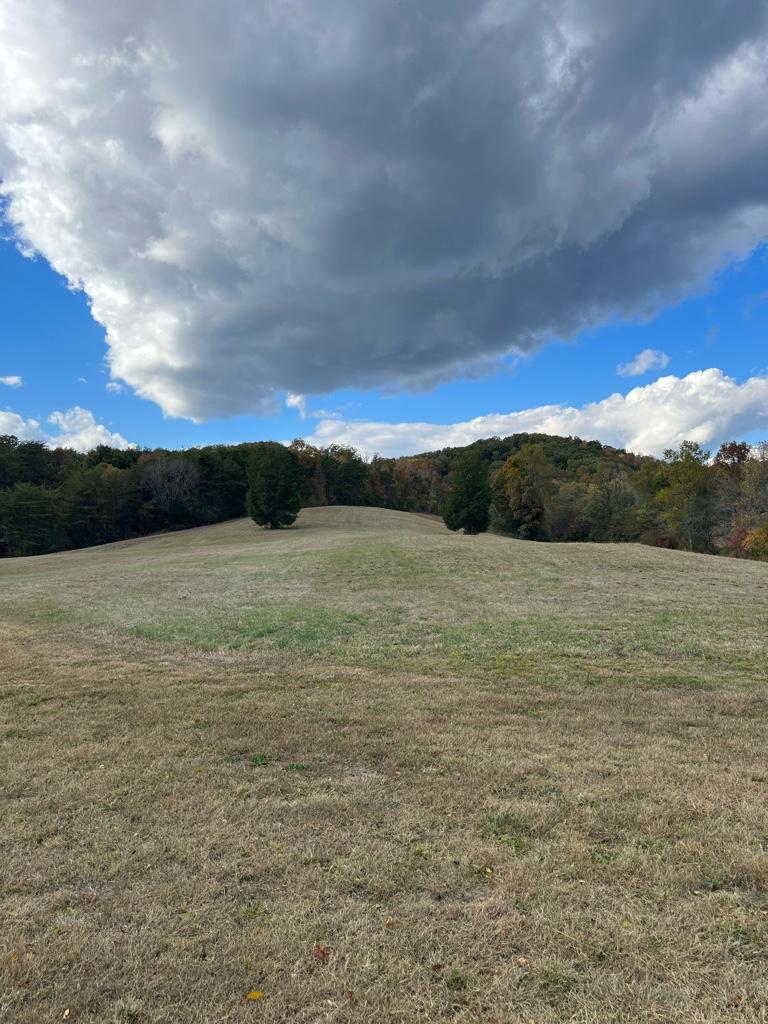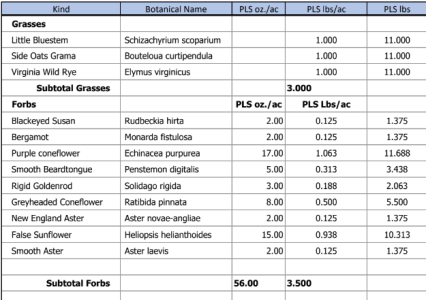turkeyhunter20
Yearling... With promise
My plans are to spray this field with Gly after a frost or two. Starting from the base of the hill to the back i would like to convert it from the current hay fields into a NWSG/forb/pollinator mix. I don’t really care to disc on the sides of these hills for the sake of erosion control. Can these seeds be broadcasted into the dead grass that is currently there or could it need to be drilled?

Sent from my iPhone using Tapatalk

Sent from my iPhone using Tapatalk
